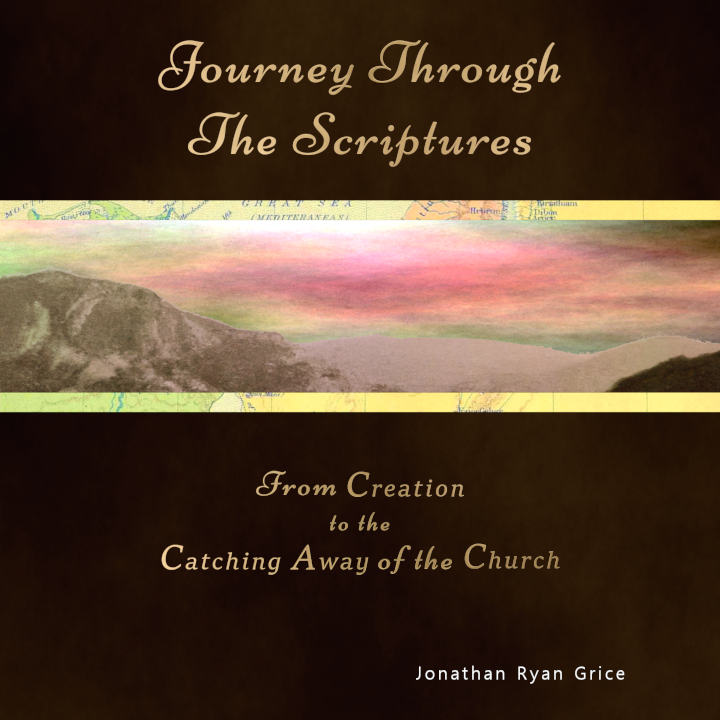Welcome to Chapter 12 of Journey through the Scriptures. In this chapter, we embark on a remarkable journey into the life and ministry of Jesus Christ, the Son of God and the Savior of the world. The Gospels, written by Matthew, Mark, Luke, and John, provide us with a rich tapestry of accounts that illuminate the birth, teachings, miracles, death, resurrection, and ascension of our Lord.
Let us begin by delving into the birth of Jesus Christ, a momentous event that was foretold by the prophets of old. In the book of Isaiah, we find the prophetic words that resonated through the ages: “Therefore the Lord himself shall give you a sign; Behold, a virgin shall conceive, and bear a son, and shall call his name Immanuel” (Isaiah 7:14). These words came to fulfillment when Jesus, the Son of God, was born in Bethlehem, fulfilling the promises of God and bringing hope to a broken world.
As we study the teachings of Jesus, we encounter a wealth of divine wisdom, transforming parables, and radical teachings that challenge societal norms. Jesus’ Sermon on the Mount, found in Matthew 5-7, encapsulates His profound teachings on subjects such as humility, righteousness, love for enemies, and the priority of seeking God’s kingdom. Through His teachings, Jesus revealed the heart of God and the principles of His Kingdom, inviting all who would listen to enter into a relationship with the Heavenly Father.
Throughout His ministry, Jesus performed astonishing miracles that demonstrated His authority over nature, sickness, and even death itself. In the Gospel of John, we witness the turning of water into wine at the wedding in Cana, the healing of the paralytic at the Pool of Bethesda, and the feeding of the five thousand with just five loaves of bread and two fish. These miracles reveal Jesus as the Son of God, with power to transform lives and meet the needs of humanity.
However, the pinnacle of Jesus’ mission on Earth was His sacrificial death on the cross. This ultimate act of love and redemption was foretold in the Old Testament, particularly in the book of Isaiah. Isaiah 53:5 prophesies, “But he was wounded for our transgressions, he was bruised for our iniquities: the chastisement of our peace was upon him, and with his stripes we are healed.” Jesus willingly bore the weight of our sins, enduring physical and emotional torment, so that we could be reconciled to God.
Through His death, Jesus accomplished what no human effort could achieve. He became the Lamb of God who takes away the sins of the world (John 1:29). His sacrifice opened the door to forgiveness and salvation for all who would believe in Him. Jesus’ resurrection on the third day affirmed His victory over sin and death, providing the assurance of eternal life to those who place their faith in Him.
Following His resurrection, Jesus spent forty days with His disciples, imparting vital teachings and commissioning them for the mission ahead. Just before His ascension into heaven, Jesus left His followers with the Great Commission (Matthew 28:19-20). This commission still echoes through the centuries, urging believers to spread the Good News of Jesus Christ to the ends of the earth.
The significance of Jesus as the Son of God cannot be overstated. He is the fulfillment of countless prophecies, the embodiment of God’s love, and the Lamb that was sacrificed for our sins. Through His life, teachings, miracles, death, resurrection, and ascension, Jesus accomplished our redemption, reconciling us to God and making a way for us to receive the gift of the Holy Ghost.
In our next lesson, we will explore the birth of the early Church on the day of Pentecost, as recorded in the book of Acts. We will witness the outpouring of the Holy Spirit, the birth of the Church, and the mission and growth of the early believers as they spread the Gospel throughout the world.

